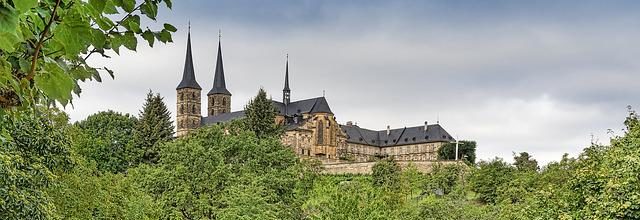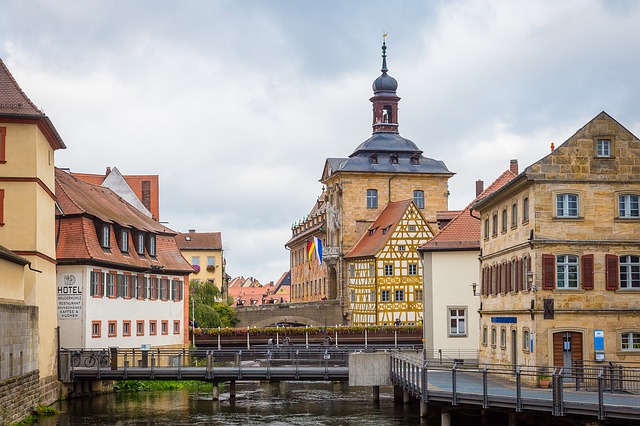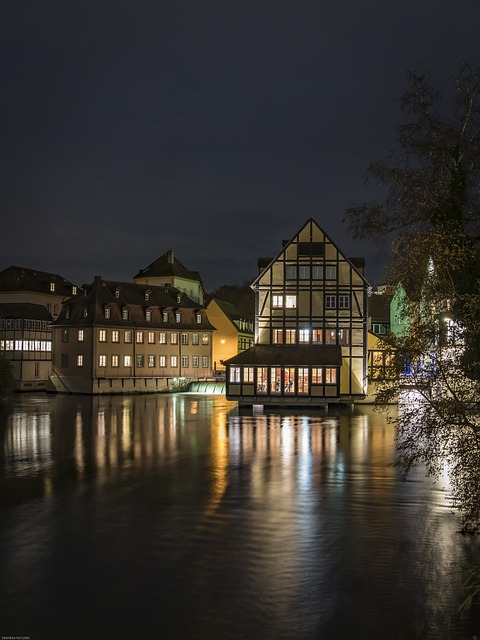Sandkerwa
A five day folks festival to celebrate the consecration of the St Elisabeth Church. Today, it is a place to drink beer around the historic streets and bridges of Bamberg. There’s a real merriness in the air.
Over 200,000 people come together to celebrate the Sandkerwa Volksfest every year. It’s held at the end of August every year.
To fund the festival. there is a small entrance fee to pay. Before 6pm entrance is free, after 6pm a badge must be purchased, there are daily badges for €2.50 and a five day badge for €6.
There’s live music, fair ground rides and lots of beer to drink.
The location is centered around the Altstadt on Untere Sandstrasse, Obere Sandstrasse and Am Leinritt opposite Little Venice.
Christmas Markets in Bamberg
Christmas Markets are a great thing to do in Bamberg during the colder months. It’s a good time to visit the city as the crowds of summer have disappeared.
Christmas lights add an extra glow to Bamberg, and the smells of chestnuts and gluhwein are welcoming after an afternoon of sightseeing.
Open from late November. Bamberg has a large square called Maximiliansplatz, large events and the weekly market are hosted here. During the run up to Christmas, this is where Bamberg’s Weihnachtsmarkt is held daily from the last week of November to the 23rd December.
Open from 9:30 – 20:00 Monday to Saturday and from 11:00 – 20:00 on Sunday.
Another Christmas market in Bamberg is the Adventsmarkt im Sand. Open on the two days before and the first day of Advent. It is a small Christmas market with roughly 30 stalls selling produce from the region as well as gifts and Christmas decorations. It’s held on Obere Sandstrasse, a beautiful timbered street. The setting is magical.





